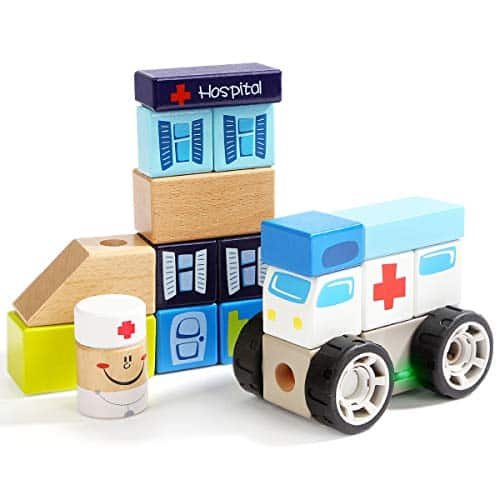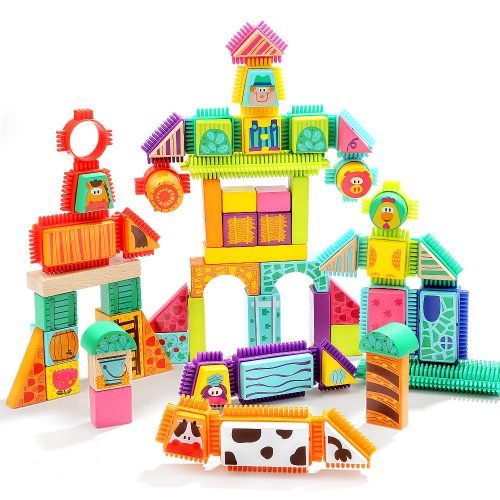
When it comes to environmental impact, wooden toys often hold an advantage over plastic toys, but it’s not a simple black and white comparison. Both materials have their own environmental considerations. Here’s a breakdown to help you decide:
Wooden Toys:
Pros:
- Renewable resource: Wood is a naturally occurring, renewable resource compared to the fossil fuels used to make plastic.
- Biodegradable: Wooden toys eventually decompose back into the earth, unlike plastic which can linger in landfills for centuries.
- Less manufacturing pollution: Wood processing typically produces less harmful emissions compared to plastic manufacturing.
- Durable and lasting: Well-made wooden toys can last for generations, reducing the need for replacements and minimizing waste.
- Potential for sustainable sourcing: Look for toys made from sustainably managed forests to ensure responsible wood harvesting practices.
Cons:
- Deforestation: Unethical wood sourcing can contribute to deforestation, harming ecosystems and biodiversity.
- Transportation emissions: Depending on the origin of the wood and manufacturing location, transportation can contribute to carbon footprint.
- Finishing materials: Paints, varnishes, and other finishes used on wooden toys may contain harmful chemicals if not chosen carefully.
Plastic Toys:
Pros:
- Lightweight and efficient: Plastic can be more lightweight than wood, which can reduce transportation emissions in some cases.
- Durability for some types: Certain high-quality plastic toys can be durable, though generally not as long-lasting as well-made wooden toys.
- Recyclable: Some types of plastic toys are recyclable, but recycling infrastructure and processes vary significantly by location.
Cons:
- Made from fossil fuels: Plastic production relies heavily on fossil fuels, contributing to greenhouse gas emissions and climate change.
- Non-biodegradable: Most plastic toys end up in landfills, where they can take hundreds of years to decompose and leach harmful chemicals into the environment.
- Manufacturing pollution: Plastic production can generate significant air and water pollution.
- Limited recyclability: Many plastic toys are made from mixed materials or complex designs, making them difficult or impossible to recycle effectively.
Overall:
Choosing wooden toys from sustainably managed forests and finished with non-toxic materials can be a more environmentally friendly option than plastic toys. However, the specific environmental impact depends on various factors like the manufacturing practices, transportation distances, and the toy’s lifespan. Always consider the source and materials used before making a choice.
Additionally, responsible use and care can further reduce the environmental impact of any toy. Choose toys that are likely to be played with for a long time, avoid single-use toys, and consider donating or selling unwanted toys instead of throwing them away.
By making informed choices and prioritizing responsible consumption, we can minimize the environmental impact of our children’s playtime activities.







